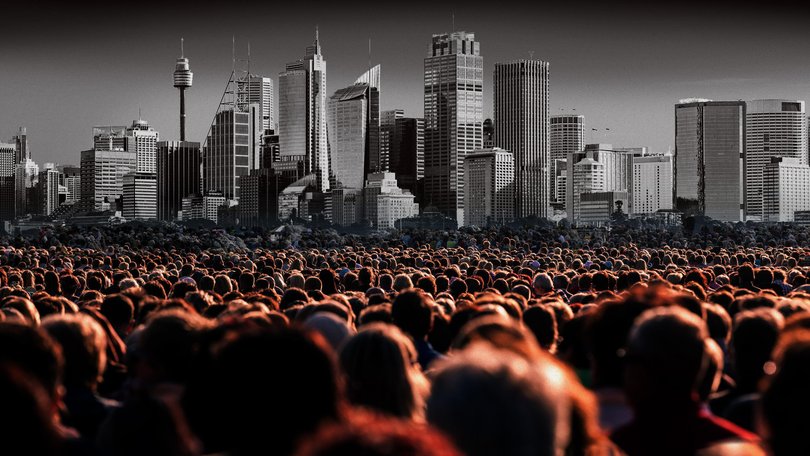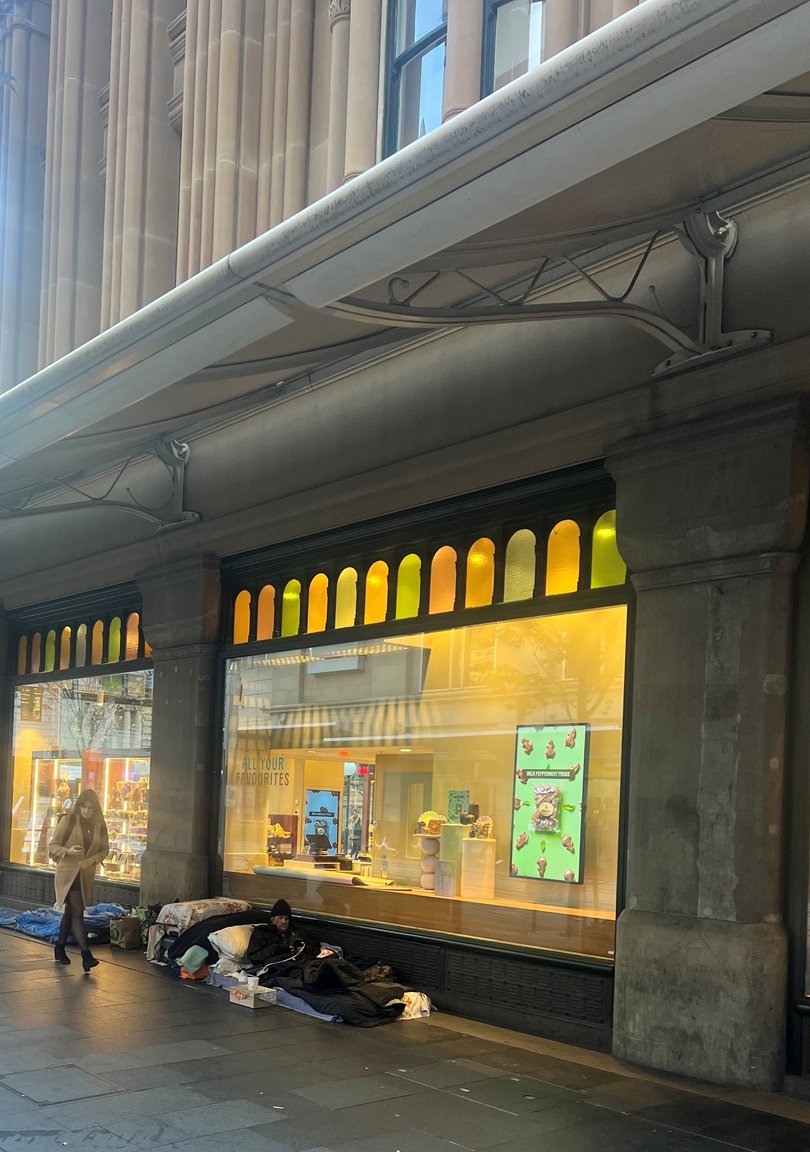JENI O’DOWD: Is overpopulated Sydney still one of the world’s most desirable cities? I’m not so sure

Is Sydney still one of the world’s most desirable cities? I’m not so sure. Right now, the so-called Emerald City is bursting at the seams.
People are sleeping rough outside luxury boutiques. Young families are fleeing to Queensland, desperate to escape the cost-of-living crunch choking Sydney and Melbourne.
Across the country, adult children are living with their parents well into their late 20s, not by choice, but due to economic necessity.
Sign up to The Nightly's newsletters.
Get the first look at the digital newspaper, curated daily stories and breaking headlines delivered to your inbox.
By continuing you agree to our Terms and Privacy Policy.This is a full-blown crisis, and it’s no wonder Sydney feels full. New ABS data shows 340,000 migrants arrived in Australia last year, with almost two thirds heading straight to Sydney or Melbourne.

While migration undoubtedly has its benefits — fresh talent, energy and economic momentum — when the basics, such as housing and transportation, aren’t keeping pace, it strains everyone.
Even with scaled back post-COVID forecasts, we’re still looking at about 820,000 new arrivals by mid-2027.
Nearly one million extra people within three years. Is the Albanese Government serious?
Sydney’s rents are at record highs, housing supply is nowhere near keeping pace and infrastructure is straining like a waistband after Christmas lunch.
The housing shortfall is now so chronic that even Treasurer Jim Chalmers admitted to the National Press Club that Labor’s plan to build 1.2 million homes in five years is “very ambitious” and it will be “hard to get there”. Translation: not going to happen.
Sydney Water just flagged 18 per cent price hikes to cope with population growth. Schools are full. Public transport is jammed.
It’s all becoming very obvious to those of us outside the Canberra bubble. Ordinary Australians can’t afford to live in their own cities. Young families are pushed to the fringes, and renters are squeezed — that is, if they can find an apartment.
And into this chaos steps the protest movement no politician wants to touch.
I’m totally against the idea of squatting and online vigilantes encouraging people to break into homes. But this is what’s happening. People are desperate.
Victorian influencer and Senate hopeful Jordan van den Lamb, aka Purple Pingers, is crowdsourcing the addresses of empty properties and sharing them online, encouraging homeless people to move in.
One Melbourne woman returned to her late father’s estate only to find the locks changed, sentimental heirlooms gone and squatters firmly entrenched. Her insurance claim was denied. Her story is not unique.
Mr van den Lamb defends his actions as necessary civil disobedience. He claims that “the voices of people dying on the street matter more” than those of landlords.
When governments fail to act, people take matters into their own hands, and that’s exactly what we’re starting to see.
The vacuum left by broken promises, unaffordable housing and jammed cities is being filled by rage, rebellion and radical ideas. Not all of them are legal. Not all of them are sane. But when you leave people with nowhere to go, they’ll eventually stop asking for permission.
Then, just when you think the Government couldn’t be more tone-deaf, up pops Jim Chalmers, refusing to rule out widening the GST base — a move that would hit every Australian in the pocket, no matter how it’s spun.
He insists he hasn’t changed his long-held view opposing such a move, but in the same breath says nothing’s off the table ahead of August’s tax reform round table.
“But what I’m going to try to do… I’m going to try not to dismiss every idea that I know that people will bring to the round table,” Chalmers said.
It’s the kind of political hedging that drives voters mad. The justification? States need more revenue to address the infrastructure strain caused by population growth.
Here’s a radical thought: Maybe we should stop importing the strain until the infrastructure is in place.
Widening the GST doesn’t just raise revenue. It punches hardest at the very people doing it tough: pensioners, low income families and single parents.
And it quietly fuels the cash economy, prompting otherwise decent business owners to request cash and bypass the system. We all know the ones.
Albanese and the Labor Party promised to build a better future. But for many Australians, the only thing being built is towers that no one can afford to live in, and policies that push people further to the edge.
